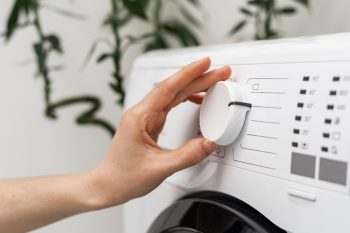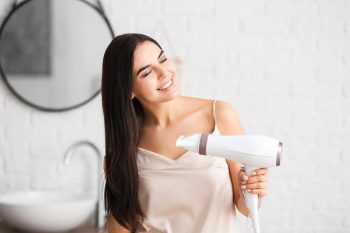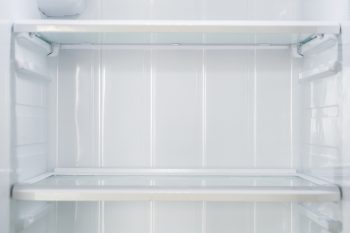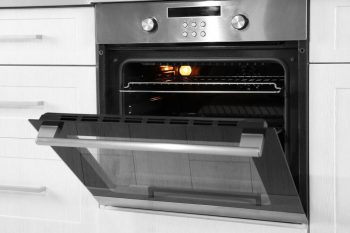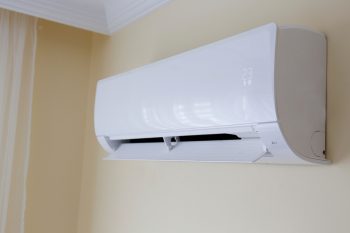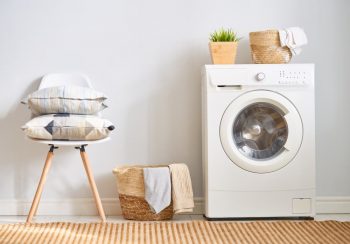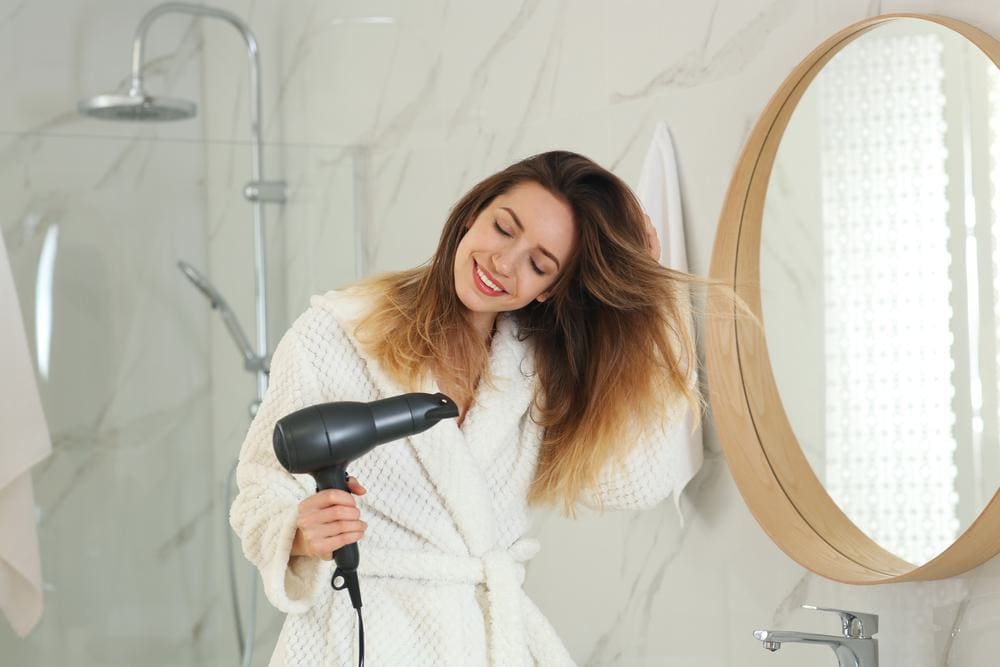
A hair dryer is a common household device that many of us use daily, yet few of us understand the science behind its operation. So, what exactly happens in a hair dryer when it heats up? Let’s dive into the details.
When a hair dryer heats up, electricity powers a heating element and a fan. The heating element, usually a coiled nichrome wire, generates heat through resistive heating. The fan then blows air across this heated wire, warming the air before blowing it onto your hair. The temperature and speed settings can be adjusted for different drying times and heat levels. Safety features are also in place to prevent overheating and electrical hazards.
The Basics
The primary components of a hair dryer are a heating element and an electric motor-driven fan. When you switch on the hair dryer, electricity powers both these components. The heating element, typically made of a coiled nichrome wire wrapped around insulating mica boards, generates heat through a process known as resistive heating. The fan, on the other hand, blows air across this heating element, warming it up before it is directed onto your hair.
The Heating Element
The heating element is the heart of the hair dryer. When electric current flows through the nichrome wire, it meets resistance, which generates heat. This is known as resistive heating. The air that the fan blows over this heated wire absorbs the heat and becomes hot. The temperature of the heating element can reach up to 2,000 watts.
The Fan’s Role
The fan in a hair dryer is essential for circulating air around the heating element, ensuring the heat is evenly distributed and warming the air. The hot air then exits the dryer through a nozzle, drying and styling your hair effectively. Some hair dryers even come with a “cool shot” button that turns off the heater and blows room-temperature air, helping to set hairstyles and reduce frizz.
Speed and Heat Settings
The speed and heat settings of a hair dryer can significantly affect its performance. Higher speed settings generate faster airflow, reducing drying time, while higher heat settings can cause more damage to the hair. Adjustable settings allow you to customize the drying process according to your hair type and desired styling outcome.
Safety Mechanisms
Hair dryers incorporate several safety mechanisms to prevent overheating. These include a safety cut-off switch, a thermostat or thermal fuse, insulation and heat shield, a built-in safety thermostat, and Ground Fault Circuit Interrupters (GFCI). These features ensure the temperature stays within a safe range, preventing hair damage from excessive heat and protecting against electrocution if the hair dryer is accidentally dropped in water while plugged in.
Common Problems
Like any electrical device, hair dryers can encounter problems. These can range from a faulty heating element to issues with the thermal cut-out, moisture and hair buildup, or faulty switches. Regular maintenance, such as cleaning the vent and filter screen, can help prevent these problems.
Conclusion
Understanding what happens inside a hair dryer when it heats up can help you use the device more effectively and maintain it properly. Whether you’re a professional hairstylist or someone who uses a hair dryer regularly at home, knowing the science behind this common device can be both fascinating and beneficial.
Frequently Asked Questions
What is nichrome wire and why is it used in hair dryers?
Nichrome is a type of resistance wire, a blend of nickel and chromium. It’s used in hair dryers because it has a high melting point and can withstand the high temperatures generated during the drying process. It’s also resistant to oxidation and corrosion, enhancing the lifespan of the hair dryer.
How does the “cool shot” button on a hair dryer work?
The “cool shot” button works by bypassing the heating element and allowing the fan to blow air that has not been heated. This cooler air helps to set hairstyles in place and reduces frizz by closing the hair cuticles.
What does a thermal fuse do in a hair dryer?
A thermal fuse in a hair dryer is a safety device designed to prevent the dryer from overheating. If the dryer gets too hot, the thermal fuse will blow, cutting off the electrical circuit and preventing the heating element from receiving power.
How often should I clean my hair dryer?
It’s recommended to clean your hair dryer every six months to a year, depending on how frequently you use it. Regular cleaning removes dust and hair buildup, helping to maintain optimal airflow and performance.
Why does high heat damage hair?
High heat can damage hair by stripping it of its natural oils, leading to dryness and brittleness. It can also cause the hair cuticle – the outer protective layer of the hair strand – to lift, resulting in frizz and dullness.


